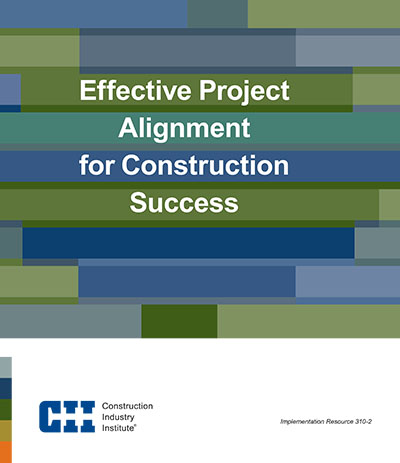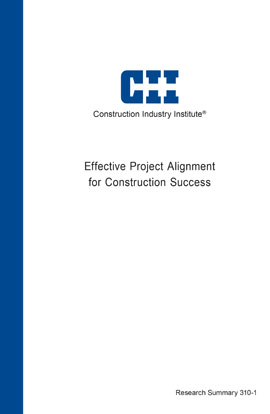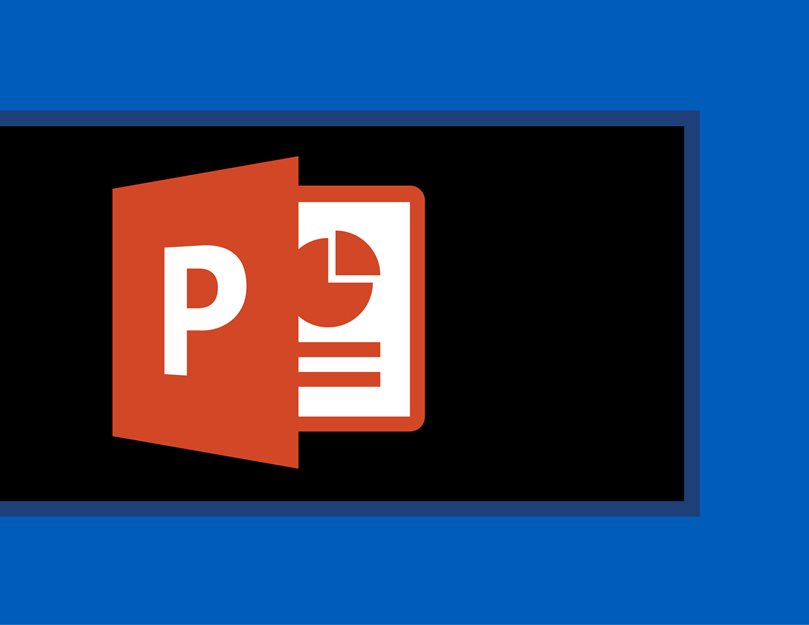
Effective Project Alignment for Construction Success
CII chartered Research Team 310, Improving Engineering and Procurement Alignment in Coordination with Construction, to investigate alignment of engineering and procurement for construction success. The research team initially expected to find specific issues/mechanisms/processes that would advance current practice at the engineering-procurement to construction interface. Yet, it soon became clear that, because so much of what happens in the later project phases is set up (or should be set up) during front end planning (FEP), the research also had to address early alignment. The data indicate that, from FEP through construction, the industry has difficulty accomplishing basic alignment with the common practices. The team was surprised that its review of project processes uncovered significant issues with the consistent execution of alignment fundamentals. Early findings from the CII 10-10 benchmarking program support this broad and important research finding. Moreover, lack of alignment basics also impedes the adoption of leading practices such as Advanced Work Packaging (AWP) or modularization that improve construction outcomes.
To fulfill the original charter and address this widespread failure at implementing basic practices, the team focused on specific areas that will advance alignment for improved construction success. There are three specific areas as follows:
- The research indicated that the industry’s neglect of specific FEP practices—particularly in project execution planning (PEP)—limits effective alignment and coordination in the later phases. RT 310 provides a template for a standard PEP table of contents that broadly includes multiple provisions for alignment; the alignment focus of these recommendations will improve the quality and consistency of project execution planning documents. These include recommendations for PEP that adapt practices like AWP to familiar execution planning documents. In presenting a template for a PEP table of contents that is focused on alignment-related activities for construction success, the team has provided a foundation for successful alignment—from FEP through execution.
- The data also showed that project procedures in all phases, from FEP through construction, are lacking both in basic provisions for alignment and in the specifics related to execution processes that align engineering, procurement, and construction. Because the poor performance of basic procedures blocks successful implementation of more detailed processes, RT 310 chose first to address this more general problem. The Alignment Procedures Checklist highlights the most readily deployable actions the industry can take to close the most typical and important gaps in practice.
- The research team also found that the industry lacks robust supplier engagement and that, because CII’s previous work on procurement is largely conceptual, there was a need for more practical guidance. After interviewing 25 suppliers, the team identified the opportunity for increased partnership with suppliers. The team also determined the need for improved clarity of scope and expectations of deliverables during the procurement process. The RT 310 Supplier Engagement Checklist provides a clear path forward for these improvements.
IR310-2, Effective Project Alignment for Construction Success
This resource provides checklists, table of contents, deliverables lists, questionnaires, models, etc., by each of the five areas identified in key findings. It also provides recommendations for practices for improving project team alignment.
- Project Execution Planning
- Alignment Procedures
- Supplier Engagement
- Alignment Behaviors
- Automation


